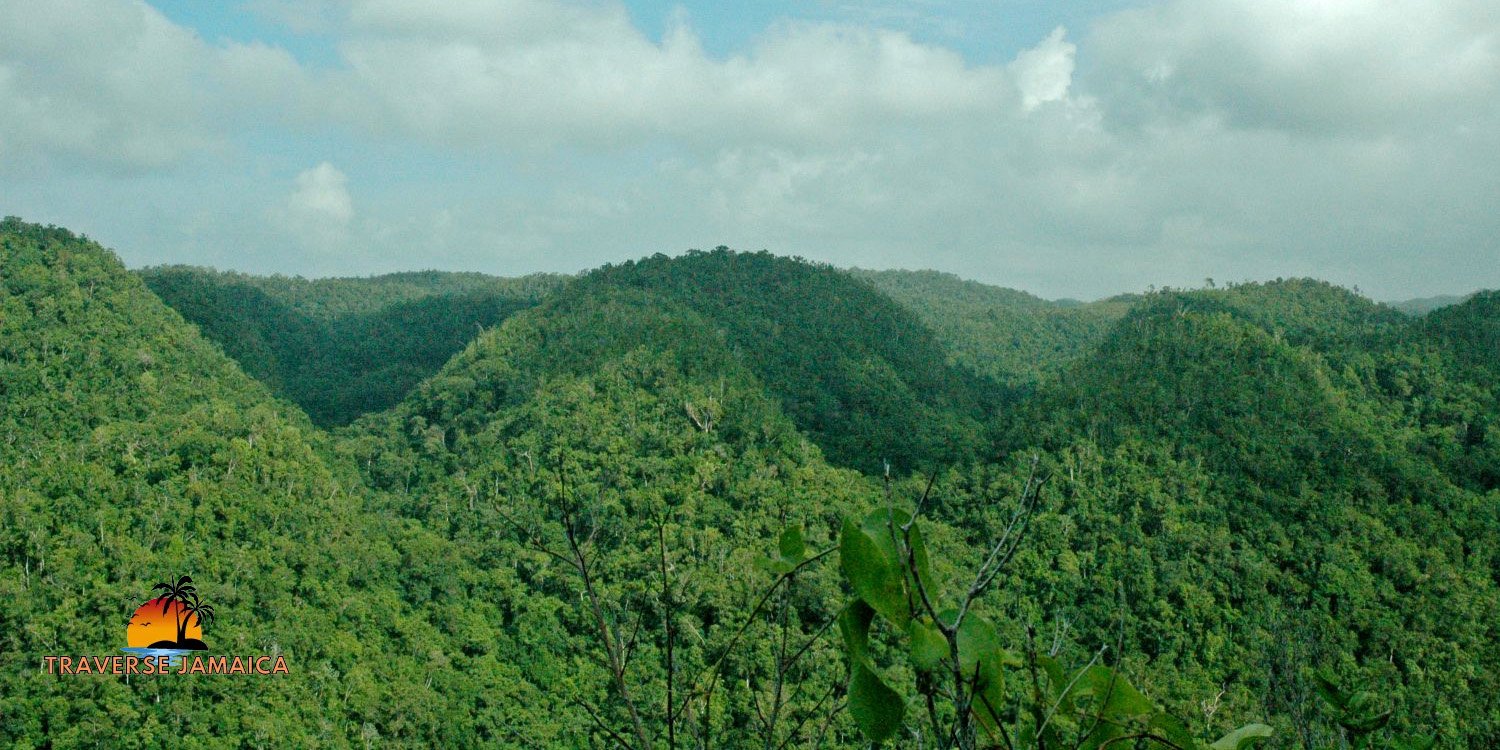Exploring the Cockpit Country: A Biodiversity Hotspot
The Cockpit Country, nestled in the heart of Jamaica, is a unique and remarkable landscape that holds immense ecological, cultural, and historical significance. This biodiversity hotspot, characterized by its rugged terrain and rich biological diversity, is a haven for scientists, nature enthusiasts, and adventurers alike. In this article, we will delve deep into the Cockpit Country, exploring its unique geology, rich biodiversity, cultural heritage, and the ongoing efforts to preserve this invaluable natural treasure.
Geological Marvel of the Cockpit Country
The Cockpit Country is a limestone plateau spanning approximately 500 square kilometers in the central part of Jamaica. What makes this area particularly fascinating is its distinctive karst topography, characterized by steep-sided hills, deep valleys, and numerous sinkholes. The terrain resembles a cockpit in an aircraft, hence its name. This rugged landscape has been shaped over millions of years by natural processes such as erosion, dissolution, and the movement of underground water.
The unique geological features of the Cockpit Country provide a perfect environment for numerous caves, underground rivers, and streams, making it a site of interest for geologists and hydrologists. The limestone formations here, some dating back over 150 million years, offer a glimpse into Earth’s ancient past. The region’s unique topography also contributes to its ecological richness, providing a range of habitats that support a diverse array of plant and animal species.
A Treasure Trove of Biodiversity
The Cockpit Country is often referred to as Jamaica’s “green heart” due to its dense forests and incredible biodiversity. It is home to more than 1,500 species of flowering plants, of which about 101 are endemic to the region, meaning they are found nowhere else on Earth. The area is also a haven for orchids, ferns, and bromeliads, thriving in the humid and shaded understory of the forest.
Birdlife in the Cockpit Country is equally impressive. It is a critical habitat for 28 of Jamaica’s 31 endemic bird species, including the Jamaican blackbird, the Jamaican tody, and the Jamaican boa. The area is also a refuge for endangered species like the Jamaican iguana, which was once thought to be extinct but has been rediscovered in this remote and protected landscape.
The region’s biodiversity extends beyond flora and avifauna. The Cockpit Country is home to a range of amphibians, reptiles, and insects, many of which are unique to this environment. The rich variety of life forms here makes the Cockpit Country a living laboratory for scientists and researchers who continue to discover new species and gain insights into the region’s ecological dynamics.
Cultural and Historical Significance
Beyond its ecological value, the Cockpit Country holds profound cultural and historical importance for Jamaica. The area was a stronghold for the Maroons, descendants of enslaved Africans who escaped from plantations and established free communities in the mountains. The rugged terrain of the Cockpit Country provided a natural fortress for the Maroons, who effectively used it to resist British colonial forces during the 18th century.
The Maroons’ deep connection to the land is still evident today, as their descendants continue to live in and around the Cockpit Country, maintaining their unique cultural traditions and practices. The area is dotted with Maroon communities such as Accompong and Trelawny Town, where visitors can learn about their history, culture, and contributions to Jamaica’s rich heritage.
Environmental Challenges and Conservation Efforts
While the Cockpit Country remains one of the most pristine and ecologically valuable regions in Jamaica, it faces several environmental challenges. Deforestation, mining, and agricultural expansion pose significant threats to the area’s biodiversity. Illegal logging and land clearing for farming disrupt the delicate balance of the ecosystem, while bauxite mining, in particular, has raised concerns due to its potential impact on the landscape and water resources.
Recognizing the importance of the Cockpit Country as a biodiversity hotspot and cultural heritage site, conservation efforts have been ramped up in recent years. In 2017, the Jamaican government declared the Cockpit Country a protected area, designating over 74,000 hectares to be preserved from mining and other destructive activities. This designation has been a significant step forward in safeguarding the region’s ecological and cultural resources.
Various local and international organizations, such as the Jamaica Conservation and Development Trust (JCDT) and The Nature Conservancy, are actively involved in conservation efforts in the Cockpit Country. These organizations work closely with local communities to promote sustainable practices, raise awareness about environmental conservation, and implement projects aimed at preserving the area’s natural and cultural heritage.
Sustainable Tourism and Community Involvement
Sustainable tourism offers a promising pathway to balance conservation and development in the Cockpit Country. By promoting eco-tourism activities such as bird watching, cave exploration, hiking, and cultural tours, local communities can benefit economically while minimizing environmental impact. Eco-tourism initiatives also provide opportunities for visitors to experience the unique natural and cultural landscape of the Cockpit Country firsthand, fostering greater appreciation and support for its preservation.
Community involvement is key to the success of conservation and sustainable tourism efforts. Empowering local communities through education, capacity-building, and inclusive decision-making processes ensures that conservation initiatives align with their needs and aspirations. Many Maroon communities have embraced eco-tourism as a means of preserving their cultural heritage while creating economic opportunities for their residents.
The Future of the Cockpit Country
The future of the Cockpit Country depends on the collective efforts of government agencies, non-governmental organizations, local communities, and the international community. Protecting this unique landscape from environmental degradation and unsustainable development practices is essential to preserving its ecological, cultural, and historical value.
Continued research and monitoring are crucial for understanding the complex ecological dynamics of the Cockpit Country and developing effective conservation strategies. Collaborative efforts to address the challenges facing this region, including climate change, habitat loss, and resource exploitation, will be vital in ensuring its long-term survival.
Conclusion
The Cockpit Country is more than just a beautiful landscape; it is a living testament to Jamaica’s natural, cultural, and historical richness. As a biodiversity hotspot and cultural heritage site, it offers a unique glimpse into the island’s past, present, and future. By exploring and appreciating the Cockpit Country, we can better understand the need for its conservation and the importance of protecting such irreplaceable natural treasures for future generations.









